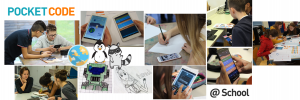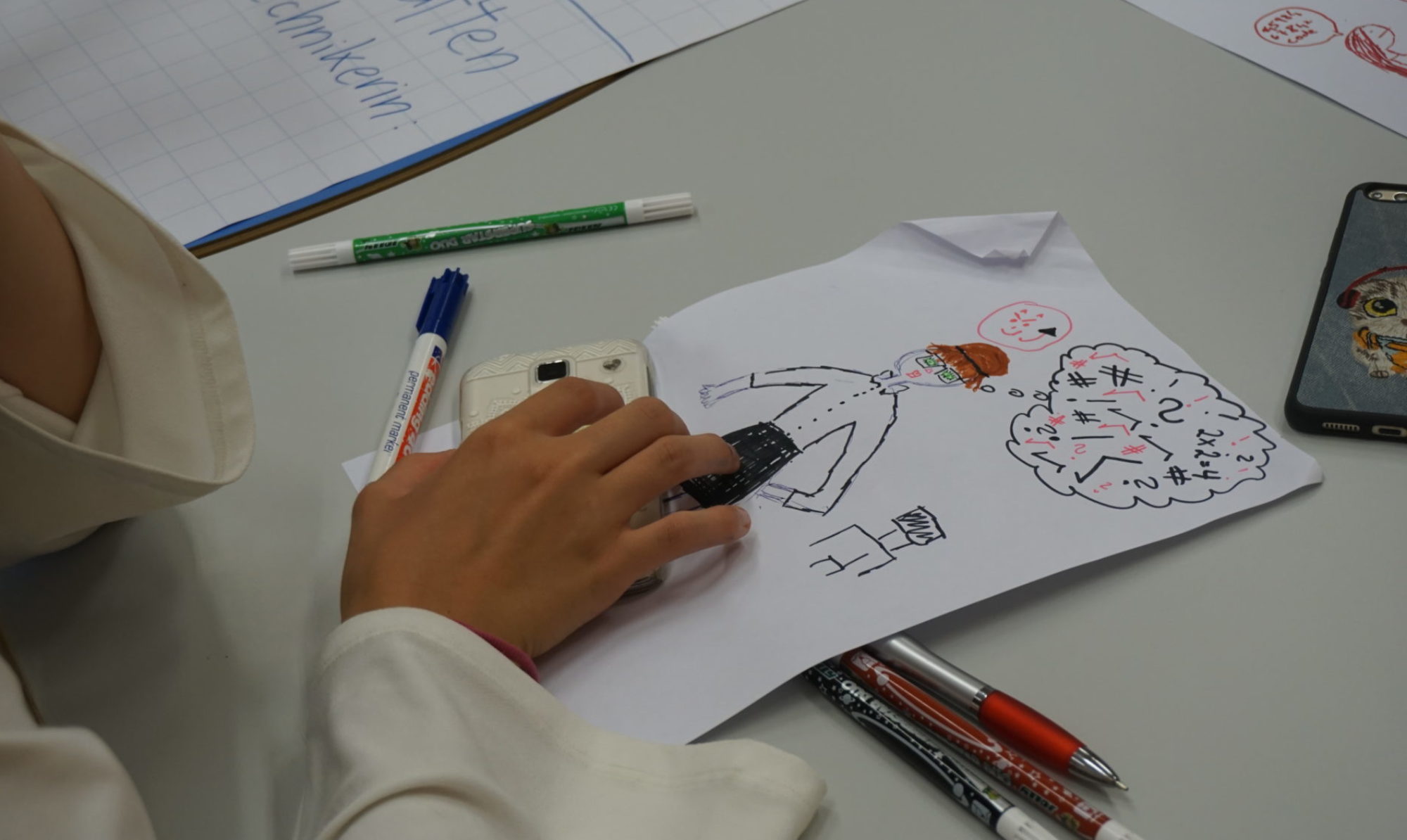Reference Format: Spieler, B. and Slany, W. 2018. Female Teenagers and Coding: Create Gender Sensitive and Creative Learning Environments. Proceedings of the 5th Conference on Constructionism 2018. August 21 to 25, Vilnius, Lithuania.
Bernadette Spieler, bernadette.spieler@ist.tugraz.at
Institute of Software Technology, Graz University of Technology, Austria
Wolfgang Slany, wolfgang.slany@tugraz.at
Institute of Software Technology, Graz University of Technology, Austria
Abstract
The number of women in technical fields is far below the average number of males, especially in developed countries. Gender differences in STEM are already present in secondary schools in students aged between 12 to 15 years. It is during this intermediate female adolescence that girls begin to make critical career choices, which therefore makes this a key age to reinforce them and reduce the gender disparities in ICT. Acquiring computational thinking (CT) skills, particularly coding, is important for building a positive economic, developmental, and innovative future. To address the gender bias in schools, one of the goals of the European H2020 project No One Left Behind (NOLB) included integrating Pocket Code, a free open source app developed by the non-profit project Catrobat, into different school lessons. Through game design, Pocket Code allows teenage girls to incorporate diversity and inclusiveness, as well as the ability to reflect their cultural identity, their likes, and their ways of interacting and thinking. To evaluate the impact of the use of the app in these courses, we captured the results on engaging girls in design and coding activities. For this paper, the authors present the data of surveys via a qualitative content analysis during the second cycle of the project. The results let the researchers conclude that the organization and the setting of the coding courses (for example, guidance and supporting material, freedom of choice) had much more influence on female students’ engagement than the coding aspects or the app itself. In contrast, male students more frequently mentioned missing features in the app, and stated that they liked the coding. With a focus on female teenagers, the results allow us to conclude that a suitable classroom setting is significantly more important for them than the coding tool itself.

Figure 1: Providing inclusive coding environments for female teenagers
Keywords
Pocket Code, Game Design, Gender Inclusion, Coding, Mobile Learning, STEM, Social Inclusion, Constructionism, Girls, Learning Environment
